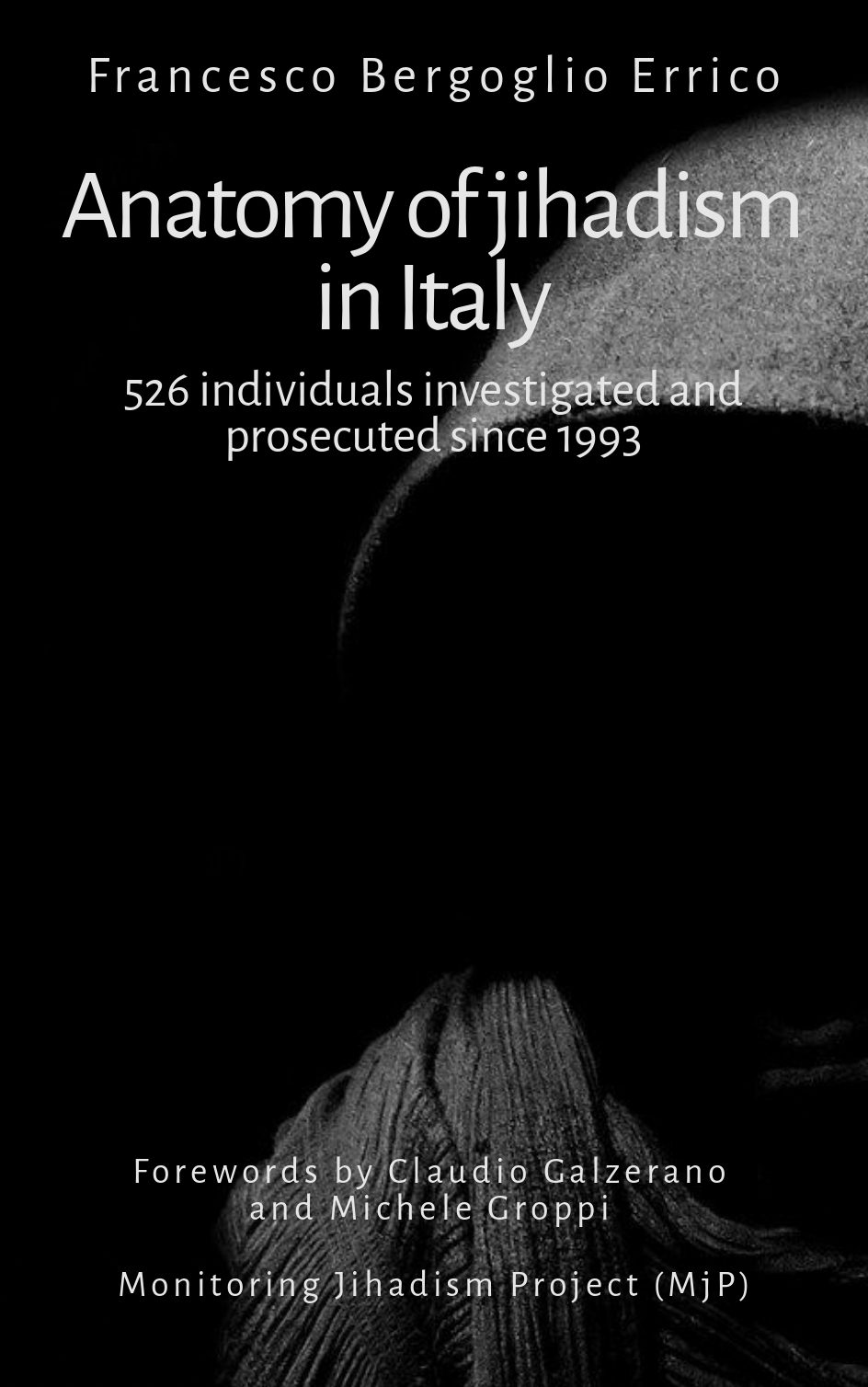Main findings on 545 individuals
– Gender: the majority of those involved in jihadist activities are male, particularly during the first period. However, women become increasingly important and active in these activities during the second period. Consequently, there is a notable increase in the number of female jihadists. During the first period, women played a marginal role, but during the second period, they effectively became militants who recruited, indoctrinated and proselytised. Furthermore, this is also a result of the Islamic State’s capacity to make women an integral part of the Caliphate social project.
– Age: the majority are between 17 and 35 years old.
– Civil status: the majority of women were married, whereas a significant proportion of men were single. Furthermore, evidence from investigations indicates that militants consistently sought to wed radical women and assisted one another in locating such a partner. It is noteworthy that marriage has consistently served as a fundamental aspect of cell cohesion in both periods. Indeed, through marriages, ties between militants are reinforced. It is noteworthy that some militants married the sisters or cousins of cell members.
– Main work activities: the salient features can be divided into four main points.
Firstly, most jobs performed are manual, encompassing a range of occupations such as bricklayers, pizza makers, masons, car washers, and so on. Furthermore, the sample predominantly comprises young people, suggesting a relatively low cultural level.
Secondly, most of the unemployed population engaged in illicit activities, including the operation of a black market, which proved to be highly profitable.
Thirdly, Imams have historically played a pivotal role in the recruitment process. Indeed, they all had connections with various mobilisations, including those in Iraq, Syria, Algeria, Afghanistan, and Chechnya.
Fourthly, entrepreneurs have used illicit funds to finance terrorism in addition to their regular businesses. For example, there were several cases of funding for Jabhat al-Nusra in the second period, and Algerian groups in the 1990s.
– Residences: most individuals in the sample resided in the north of Italy, particularly during the initial period. Conversely, the south of Italy became a significant area of interest during the second period, particularly the Apulia region, due to its proximity to the Balkans.
– Countries of Birth: Most of the sample comprises North Africans, with almost 90% of individuals belonging to this ethnic group in the first period. In the initial period, the majority of the sample comprised Algerians and Egyptians, with a notable decline in their representation in the subsequent period. Conversely, the Balkan and Middle Eastern countries emerge in the second period. Nevertheless, Tunisia represents the primary nationality across both periods.
– Sociological characteristics: the absolute majority are foreigners. In the second period, Italian converts and sociological Italians emerged, although foreigners continued to constitute a minority of the sample.
– Criminal history: a review of the available data indicates that a significant proportion of individuals have a history of committing common offences, including theft and drug dealing. In the first period, several individuals were arrested on multiple occasions for terrorism-related crimes. In contrast, there were only a few such instances in the second period.
– Main terrorist organisations: the first period can be divided into two distinct phases. From 1993 to 1999, the Egyptian Jamaat al-Islamiyya and the Algerian Armed Islamic Group were the most significant terrorist organisations. From 2000 onwards, the Salafist Group for Preaching and Combat emerged as the most prominent group. In the second period, al-Qaeda-affiliated groups largely disappeared, paving the way for the Islamic State to gain prominence.
It is noteworthy that following October 7, 2023, the first arrests of individuals with ties to Hamas and the al-Aqsa Martyrs Brigades were made. For instance, a young man with an ideological affiliation to Hamas threw a Molotov cocktail at the USA consulate in Florence. In the context of al-Aqsa, three Palestinians were apprehended in Abruzzo, including one who was in direct communication with a military commander active in the West Bank and who had accumulated a significant sum of euros in multiple bank accounts.
– Criminal outcomes: the most frequently reported charge is Article 270-bis of the Criminal Code (i.e. participation in a terrorist association, including an international one), which came into force in October 2001 in response to the terrorist attacks of September 11. Indeed, prior to 2001, the primary charge of reference was Article 416 (criminal association), which continues to serve as the basis for prosecuting organised crime (distinct from mafia-style criminal organisations).
With regard to the length of detentions, it is notable that there are only a limited number of instances where individuals have been sentenced to lengthy periods of incarceration. It is essential to underscore that the absence of more severe sentences in the cases examined can be attributed to the lack of documented instances of individuals perpetrating terrorist attacks resulting in fatalities.

















